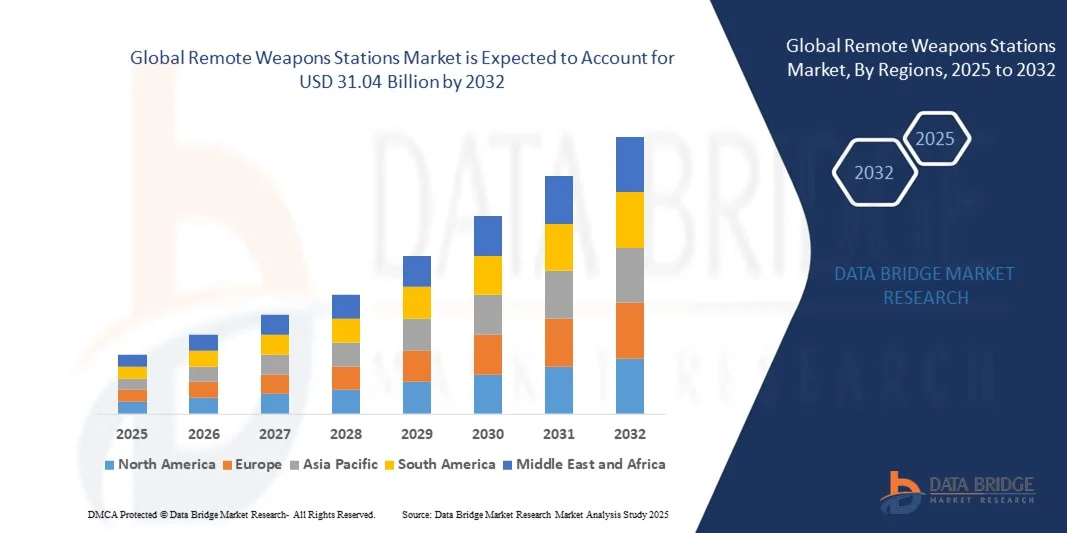Smart Bags Market :Trends, Growth Drivers, and Revenue Insights for Future
Market Overview
The smart bags market size was valued at USD 2,262.78 million in 2024, exhibiting a CAGR of 11.2% during 2025–2034.
The global smart bags market is witnessing significant growth as technology and travel merge to create more convenient and secure luggage solutions. Smart bags, including smart backpacks, carry-ons, and hybrid luggage, integrate technologies such as GPS tracking, built-in power banks, Bluetooth connectivity, RFID protection, and digital scales. These features appeal to travelers, commuters, and professionals seeking seamless mobility and enhanced security.
The market is expanding beyond niche segments as consumers increasingly value connected devices and digital convenience in daily life. Technological innovation and the rise of digital lifestyles are accelerating adoption, while e-commerce and online retail channels further drive accessibility. Analysts project strong growth in smart bag adoption across leisure, business, and urban mobility segments over the next decade.
Key Market Growth Drivers
- Rising Global Travel
Post-pandemic recovery in both domestic and international travel is driving demand for smarter luggage solutions. Travelers prioritize convenience, reduced friction, and security features, making smart bags an attractive purchase for frequent flyers and tourists alike. - Integration with IoT and Mobile Devices
Consumers increasingly adopt technology-enabled products. Smart bags that connect to smartphones or apps for tracking, battery management, and notifications align with growing digital lifestyles, enhancing their usability and appeal. - Advances in Battery and Electronics Technology
Removable and safer battery modules, longer battery life, and more efficient electronic components have improved the practicality of smart bags. These advancements mitigate previous regulatory concerns and enhance overall consumer confidence in technology-enabled luggage. - Urbanization and Commuter Adoption
Beyond travel, smart backpacks and business bags are gaining traction among students, professionals, and city commuters. Integrated charging ports, anti-theft features, and ergonomic designs cater to daily mobility needs, expanding the market beyond leisure travel.
Market Challenges
- Airline and Safety Regulations
Lithium-ion battery restrictions in air travel remain a critical challenge. Compliance with varying regulations increases costs and design complexity, limiting some product offerings and raising operational hurdles for manufacturers. - High Costs and Price Sensitivity
Smart features add to production costs, which can limit adoption among price-sensitive consumers. Convincing buyers of the value proposition for premium smart bags remains a persistent challenge. - Fragmented Technology Ecosystem
The lack of standardization in tracking systems, mobile apps, and wireless connectivity can create consumer friction. Cross-platform interoperability is limited, which may reduce the perceived convenience of smart bags. - Durability and Reliability Concerns
Integrating electronics into luggage can compromise durability if materials and designs are not robust. Ensuring resistance to travel wear and tear and providing repairable or replaceable components are ongoing challenges for the industry.
Browse Full Insights:
https://www.polarismarketresearch.com/industry-analysis/smart-bags-market
Regional Analysis
- North America: A leading region due to high disposable income, travel frequency, and strong adoption of connected devices. Consumer demand is supported by advanced retail and e-commerce infrastructure.
- Europe: Steady growth is driven by business travel, tourism, and premium consumer segments. Harmonized regulations within the EU facilitate cross-border product availability and adoption.
- Asia-Pacific: The fastest-growing market, propelled by urbanization, rising middle-class income, tech-savvy youth, and increasing travel frequency. E-commerce adoption in the region accelerates the discovery and purchase of smart luggage.
- Latin America, Middle East & Africa: Emerging regions where adoption is slower but potential is growing. Expanding middle classes, increasing travel, and improved retail infrastructure are expected to fuel market expansion over time.
Market Opportunities
- Aftermarket Services and Retrofits
Opportunities exist for retrofitting existing luggage with removable batteries, tracking devices, and security features. - Enterprise and B2B Solutions
Businesses, hotels, and travel services could leverage smart bags for premium customer experiences or employee travel kits. - Software and Service Integration
Subscription-based models that provide tracking history, extended warranties, or travel assistance services create recurring revenue streams. - Sustainable Smart Products
Combining eco-friendly materials with smart technology appeals to environmentally conscious consumers and premium market segments.
Conclusion
The Smart Bags market is positioned for sustained growth, driven by travel recovery, technology adoption, and evolving consumer preferences. While challenges such as regulatory compliance, cost management, and durability remain, opportunities exist across urban mobility, enterprise applications, and service-driven solutions. Manufacturers that focus on practical, reliable, and user-centric innovations will benefit from the expanding global demand, creating a future where smart bags are an essential part of everyday mobility.
More Trending Latest Reports By Polaris Market Research:
Targeted Protein Degradation Market
North America and Europe Open RAN Market
Data Center Containment Market




